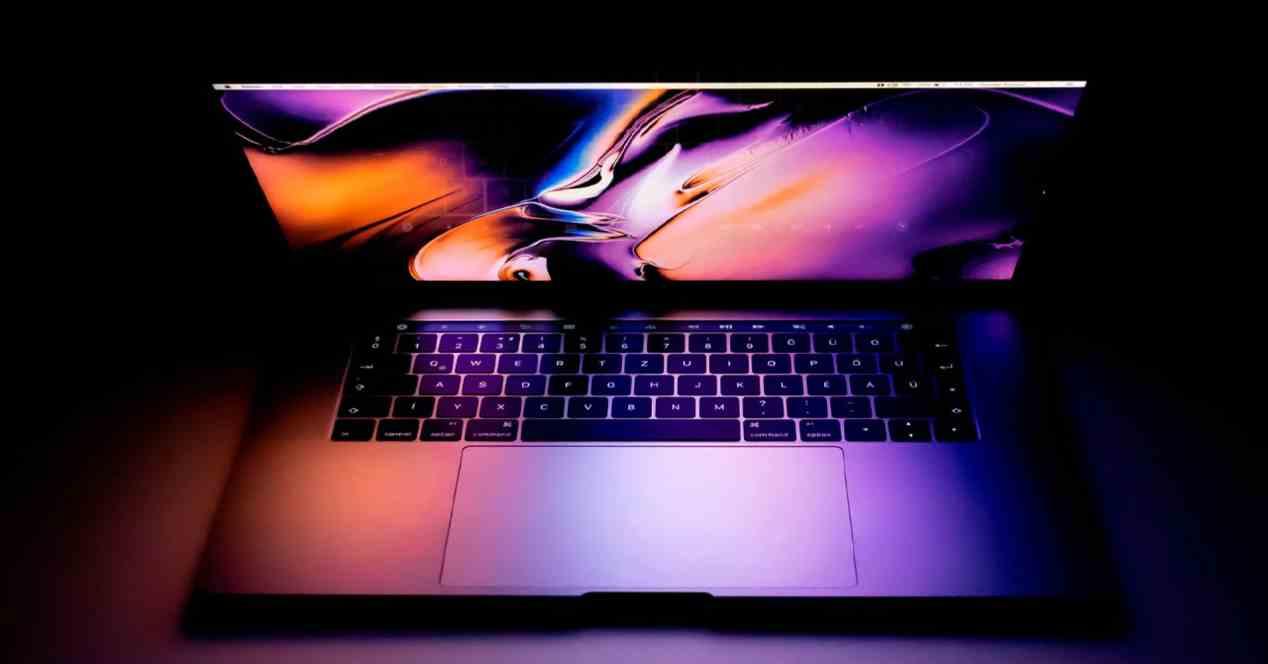With the switch to using its own processors, derived from those used in its iPhone and iPad, the Tim Cook-led company has waged a viral marketing campaign against PCs. Suddenly, at Intel, AMD and NVIDIA, they no longer knew how to manufacture processors and graphics. Apple had arrived with a supercharged mobile processor to revolutionize the world, and lots of propaganda along the way. That’s why it’s ironic that the MacBook Pro M2 has performance issues due to temperature.
The physics are very bloody and we would all like to have a small and compact computer, but with the maximum possible power. Unfortunately, both things are not possible and therefore when you want to sell both concepts to people in the same product, there is something wrong. The problem is compounded when beauty becomes your primary selling value and eventually causes imbalance. In Apple computers, this is already common, and it’s no surprise to find it with the recently launched MacBook Pro M2.
MacBook Pro M2s have temperature issues
Apple’s big mistake with its new laptop was to place single fan for cool ing
And what happens when the MacBook Pro M2 has temperature issues? Well, thermal drowning takes effect and within milliseconds a processor that consumes barely 30 W lowers its consumption to just over 7 W. what this means clock speed reductions components :
- The b one performance cores reduce their speed 3200MHz to 1894MHz.
- Moreover, the efficiency cores reduce their clock speed by 2228MHz to 1444MHz.
- The cutest beast is in the Integrated GPUwhat about the 1393MHz to 289MHz.


That’s good occurs in a continuous cycle in which the computer oscillates between these two modes of consumption intermittently. That is, when the laptop heats up, the speeds are reduced, and as a result, it runs at a percentage of its power. On the other hand, when it is enough, it returns to the maximum speeds. This in countries like Europe where we reach high temperatures and where they are generally common is fatal. The price of the simplest model of the MacBook Pro M2 is $1,619, so these performance drops are not acceptable.
A problem they’ve been dragging on for a long time
We must start from the principle that thermal drowning is a negative consequence of highly integrated systems. The reason for this is that where we had several different pieces, we now only have one, which causes when one component increases in temperature more than normal, it ends up affecting the rest the same. So, in the end, the chip’s temperature-regulation mechanisms must lower the clock speed of neighboring components, thereby reducing the performance that each of them can achieve.
However, this trend is common in the industry and if there is something we should point out, it is Lincoln’s famous quote. That is, you can fool a few all the time, but not all the time. From what we know, we knew the problem was with the industrial designs of Apple computers. If an Intel Core 12 is placed in the same design as a MacBook Pro M2, the H models with 45 W of TDP would already be discarded and one would have to opt for the 28 WP models with significant reductions in clock speed.
The inability of a business laptop to constantly keep a 30W processor cool is disturbing to say the least. Yes, the computer is very nice and all that. Is it really worth a laptop over 1500 dollars that does not work at full capacity all the time we use it?









